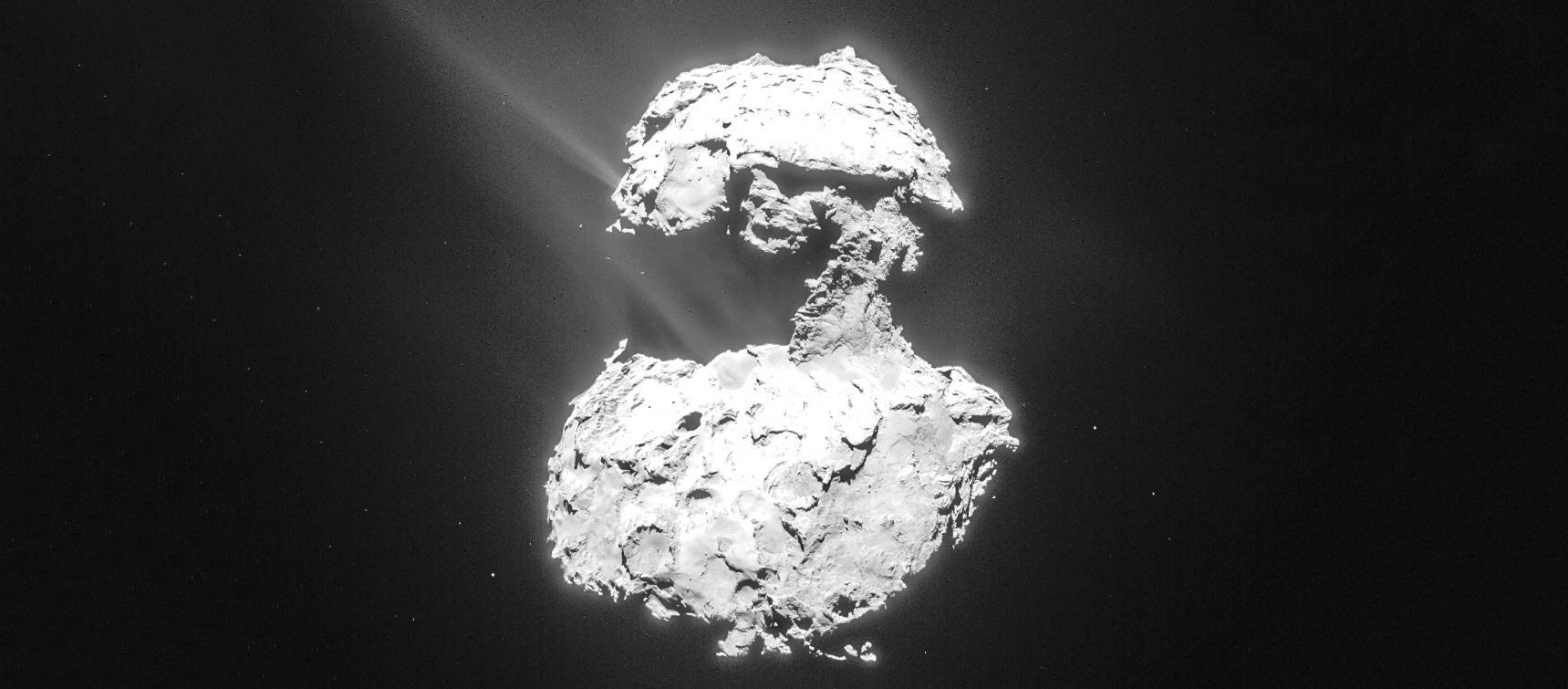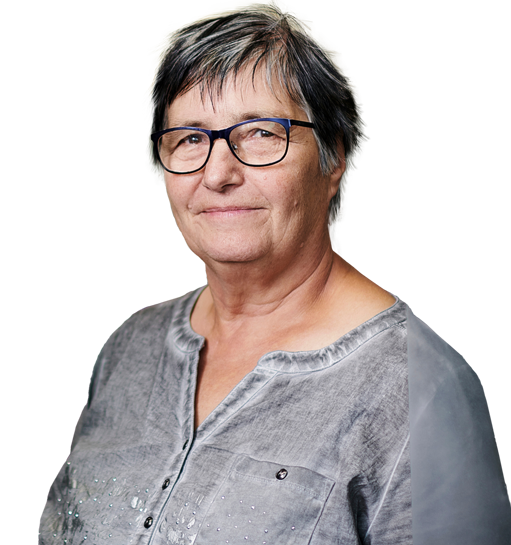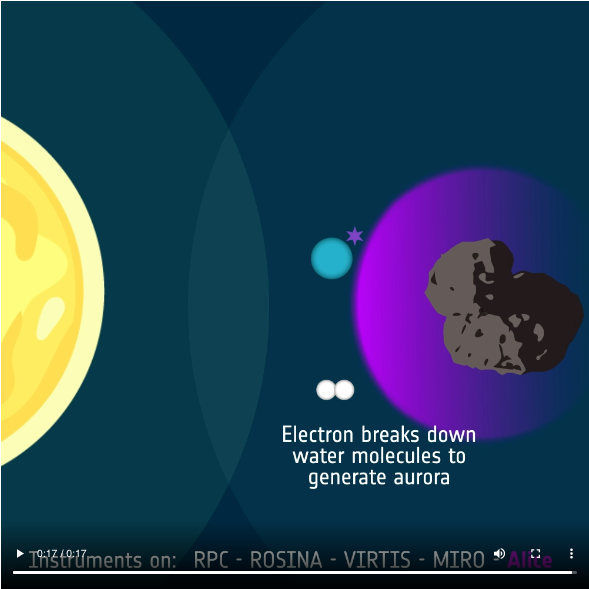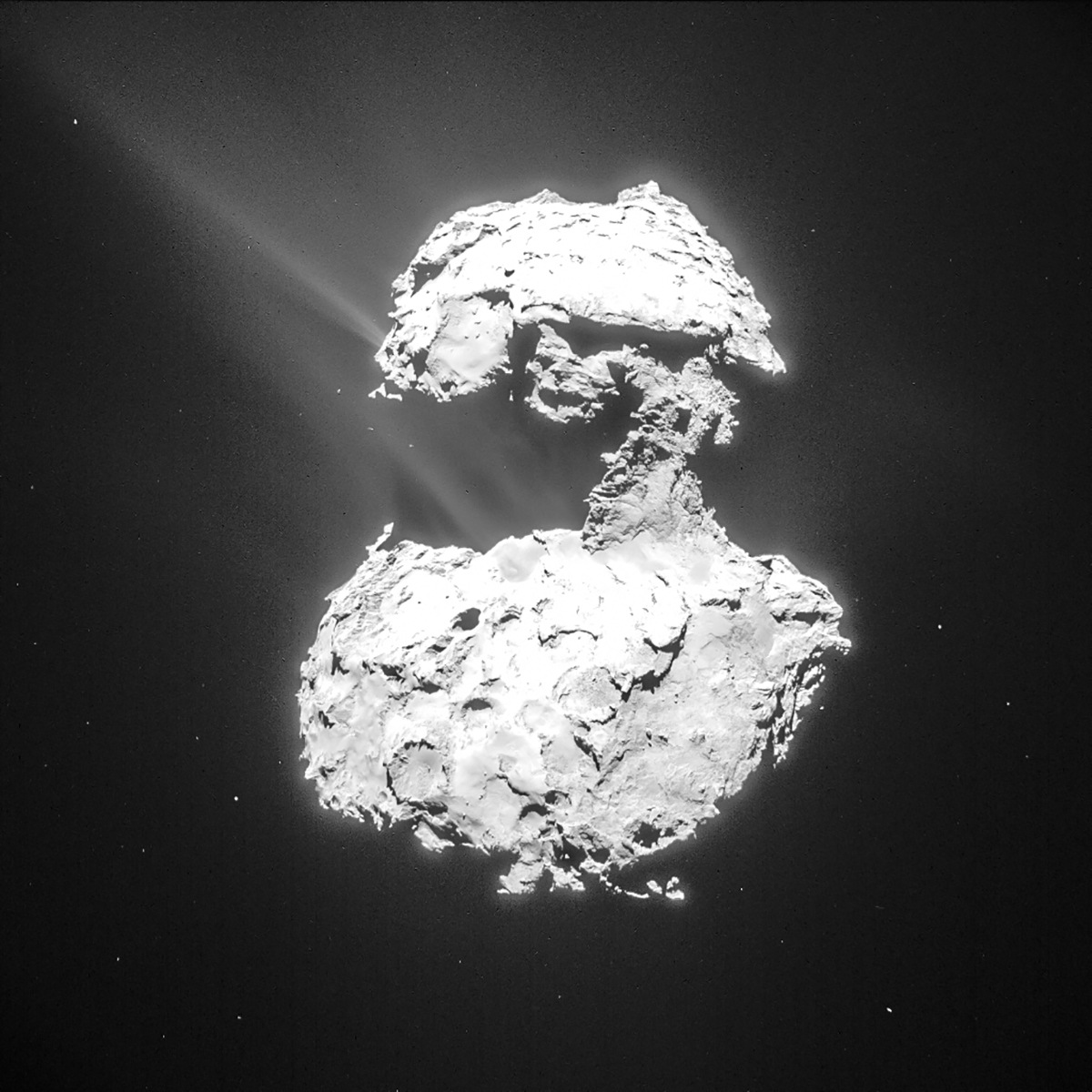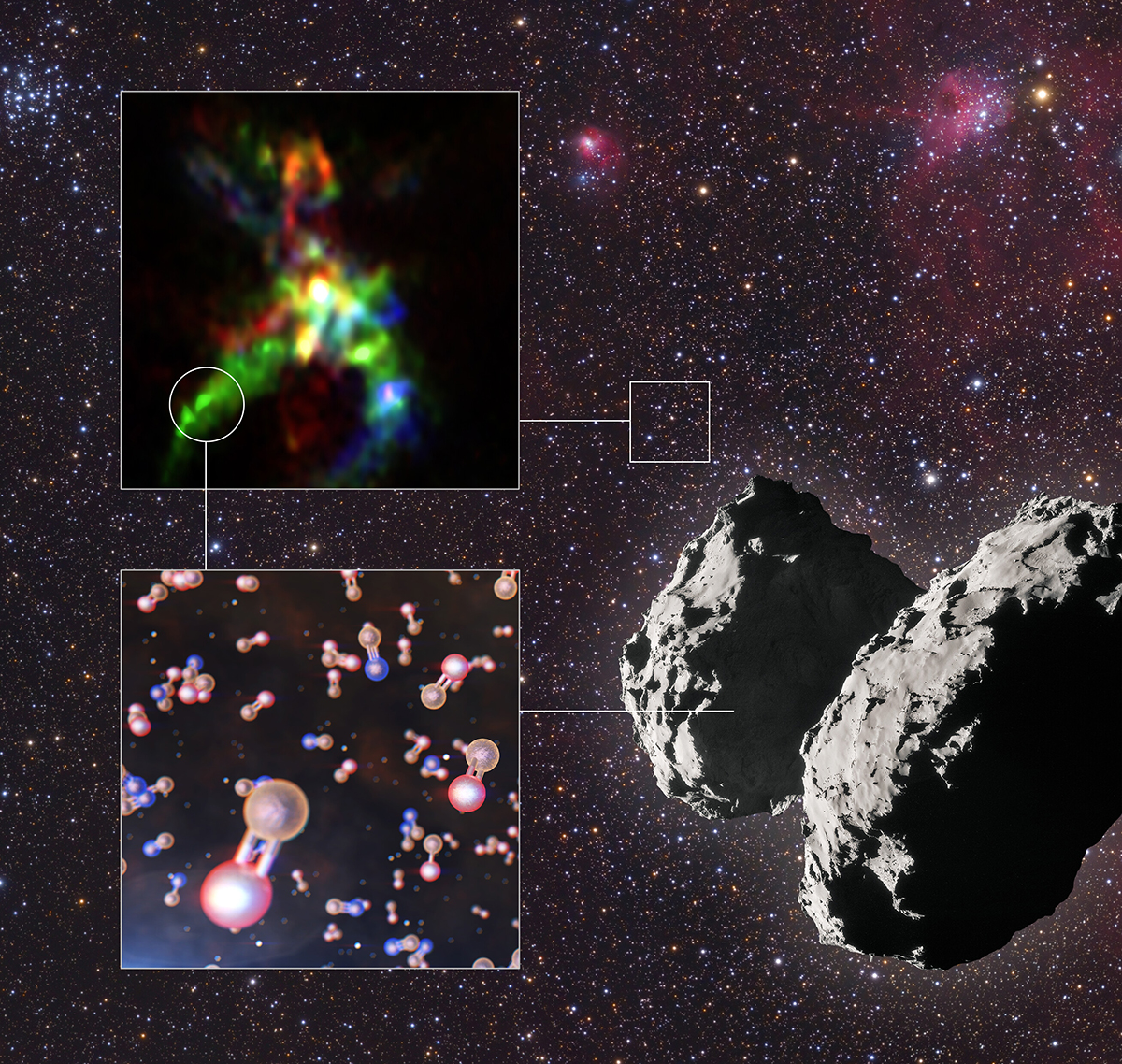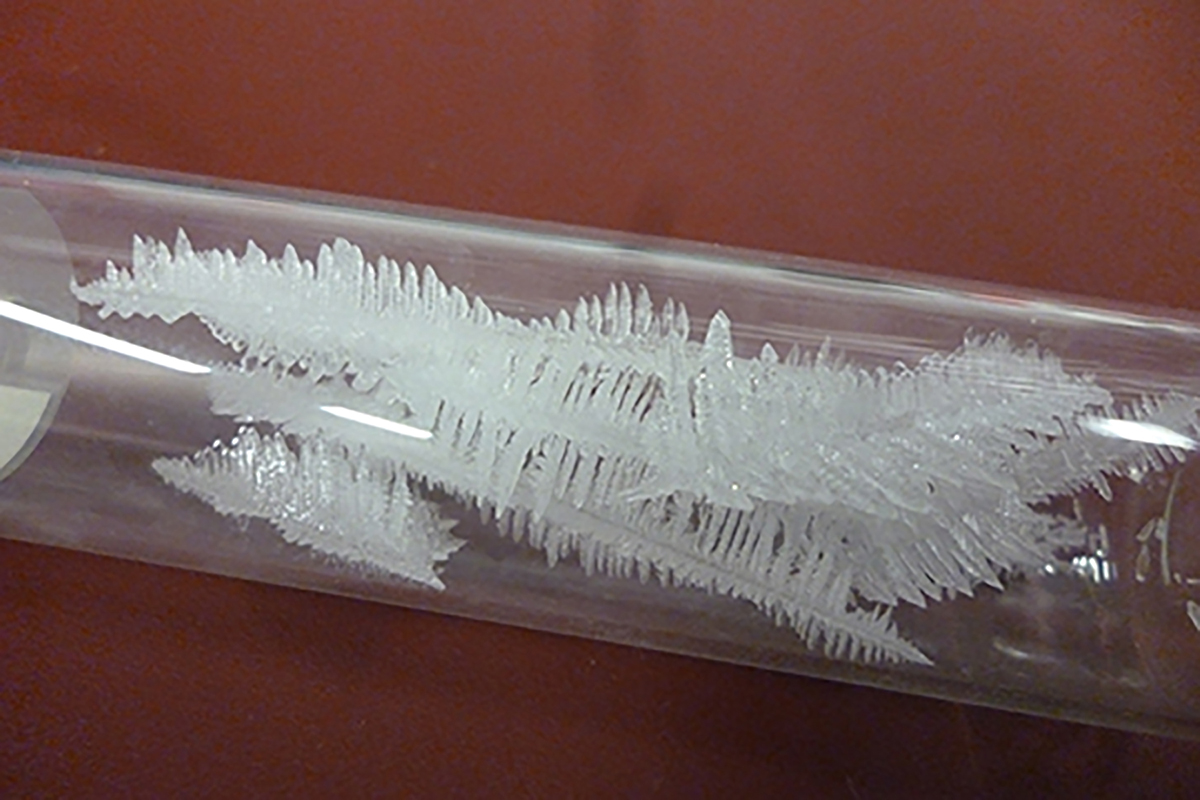Rosetta mission
For over two years, the Rosetta mission of the European Space Agency ESA carried out a detailed examination of the comet 67P/Churyumov-Gerasimenko, called Chury for short. The mission’s active phase came to a close on September 30, 2016, with the Rosetta probe’s controlled crash on the surface of the comet. One of the experiments of the mission was the mass spectrometer ROSINA (Rosetta Orbiter Spectrometer for Ion and Neutral Analysis) which was developed, built and tested under the leadership of the University of Bern. It produced over two million data sets which are still being evaluated. Thanks to data from ROSINA, many components of Chury’s atmosphere have been detected, many of them for the first time. This resulted in the acquisition of new insights into the origin of our solar system.
